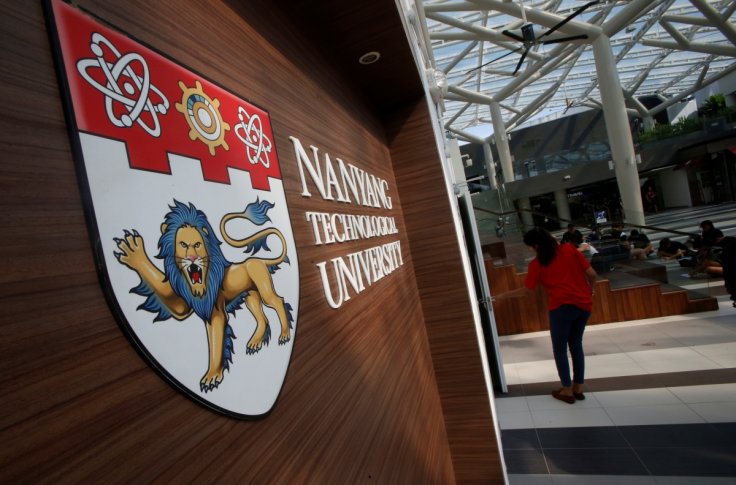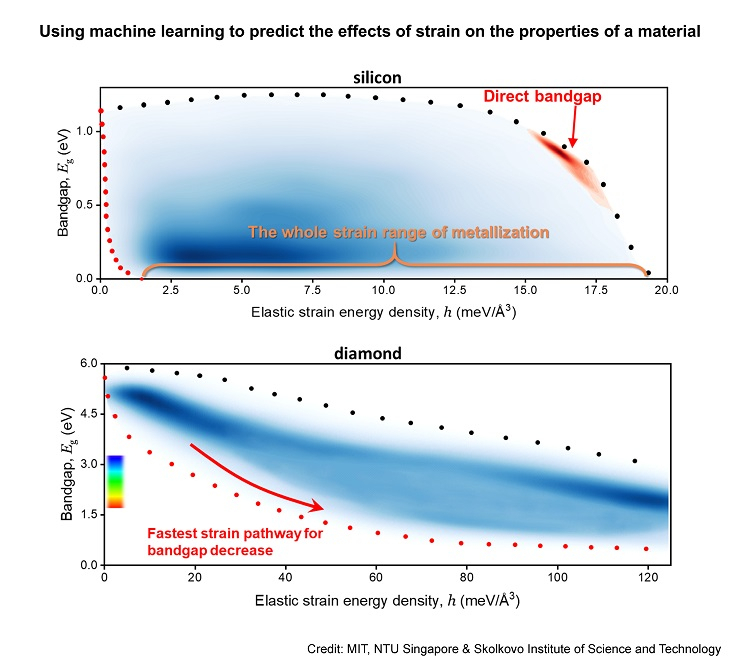
Scientists from Nanyang Technological University (NTU) joined hands with the researchers from Massachusetts Institute of Technology (MIT) and Skolkovo Institute of Science and Technology in Russia to develop a machine learning (ML) approach that can predict changes to the properties of materials from straining the material.
The researchers believe that this collaboration could lead to the possibility of engineering new materials with tailored properties for potential use in communications, information processing, and energy fields.
As per the research paper, which was published on Tuesday, February 12 in the Proceedings of the National Academy of Sciences, the researcher stated that the use of Artificial Intelligence (AI) that will help to identify the most energy-efficient strain pathways, could transform diamond into more effective semiconductors.

In a news release, NTU said, "When a semiconductor material is bent or strained, the atoms in its structure are perturbed, thus changing its properties such as how it conducts electricity, heat or the transmission of light. This process is known as 'strain engineering'."
"Conventional methods of studying and mapping the effects of strain engineering on a material rely on trial and error lab experiments and computer modelling on a limited scale," they further added.
Last year, scientists from NTU and MIT claimed that even though diamond is the hardest natural material known, the diamond nanoneedles could be bend and stretched up to 9 percent.
President of NTU Singapore, Professor Subra Suresh, who is a senior author of this new study said that the new method used ML to predict the effects of strain on the properties of a material.

"Now we have this reasonably accurate method that drastically reduces the complexity of the calculations needed," said Prof Suresh, who is a former Dean of Engineering at MIT.
"Our research is an illustration of how recent advances in seemingly distant fields such as material physics, artificial intelligence, computing, and machine learning can be brought together to advance scientific knowledge that has strong implications for industry application."
Professor Ju Li, Battelle Energy Alliance Professor of Nuclear Science and Engineering and Materials Science and Engineering at MIT explained that while following the conventional way of altering semiconductors such as chemical doping by adding a new element to a material, it could affect and change the properties permanently.
Professor Li also added that the nonlinear elastic strain considered here is reversible and that means it can be used and removed depending on the necessity.
In this study, the team of researchers examined the effects of strain on the bandgap in both the silicon and diamond and they studied how different amounts and orientations of strain would affect the bandgap.
The researchers said that the bandgap could be able to improve the efficiency of semiconductor materials such as silicon solar cell. But the diamond is considered as the best candidate that has shown great potential as a semiconductor material with superior intrinsic properties, which is ideal for high-frequency devices that include radios in satellite communication as well as power electronics used for mobile networks.
The study was conducted by a multidisciplinary research team, which includes NTU's Prof Suresh, MIT Prof Li, MIT principal research scientist and NTU Visiting Professor Dr Ming Dao and graduate student Zhe Shi from MIT, as well as Evgeni Tsymbalov and Alexander Shapeev from the Skolkovo Institute of Science and Technology.








